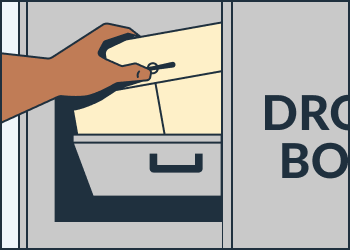Respond to a gun violence restraining order
"Respond" means to let the judge and the other side know whether you agree or disagree with the request for a restraining order, and why. If you want to respond in writing, you can complete a form and turn it in to the court. Responding in writing is optional and there is no penalty if you don't.
Before you start
Anything you put in your papers could be used against you in a criminal case. Talk to a lawyer if you have any concerns.
-
Get free, in-person help from the court. Learn more about your local court’s Self-Help Center.
-
Hire a lawyer to help you with all or a part of your case. It’s possible to go through this process without a lawyer. But having a restraining order against you may have a lot of consequences, and you may want to hire a lawyer.
-
Read How Can I Respond to Petition for a Gun Violence Restraining Order? (form GV-120-INFO) for more information about protecting your rights.
-
If you want to agree to a restraining order against you without having a hearing, you can file a form consenting (agreeing) to a restraining order.
How to respond to a request for a restraining order
-
Fill out the Response form (GV-120)
- Fill out the form, called the Response to Petition for Gun Violence Restraining Orders (form GV-120)
- Attach a copy of any evidence you have (pictures, text messages). If you need more time to put together evidence, you can let the judge know at your hearing (court date).
-
Make copies of your completed form GV-120
After you’ve filled out and signed the Response, form GV-120, make two copies. You'll need the two copies, plus the original, when you file with the court.
-
File your form
Take your form GV-120 and copies to the courthouse listed on the papers you were served.
At the courthouse, you’ll file the forms by giving the original and two copies to the clerk. The clerk will keep the original, stamp your copies, and return the copies to you. One copy is for your records. The other copy is for the other side.
There is no fee to file a response.
Some courts allow online filing, also called e-filing. You can find out if your court has e-filing by visiting your court’s website.

Some courts have a drop box that you can use. If you use a drop box include the original and two copies to the clerk. After you drop your papers, you will have to go to the courthouse to pick up your copies. If your court hearing is only a few days away, do not use a drop box. Take your papers to the court clerk to file.
What's next?
Once you’ve completed and filed your forms, you'll need to have a copy mailed to the other side. This is called service and you will need to find another adult to do this for you.

